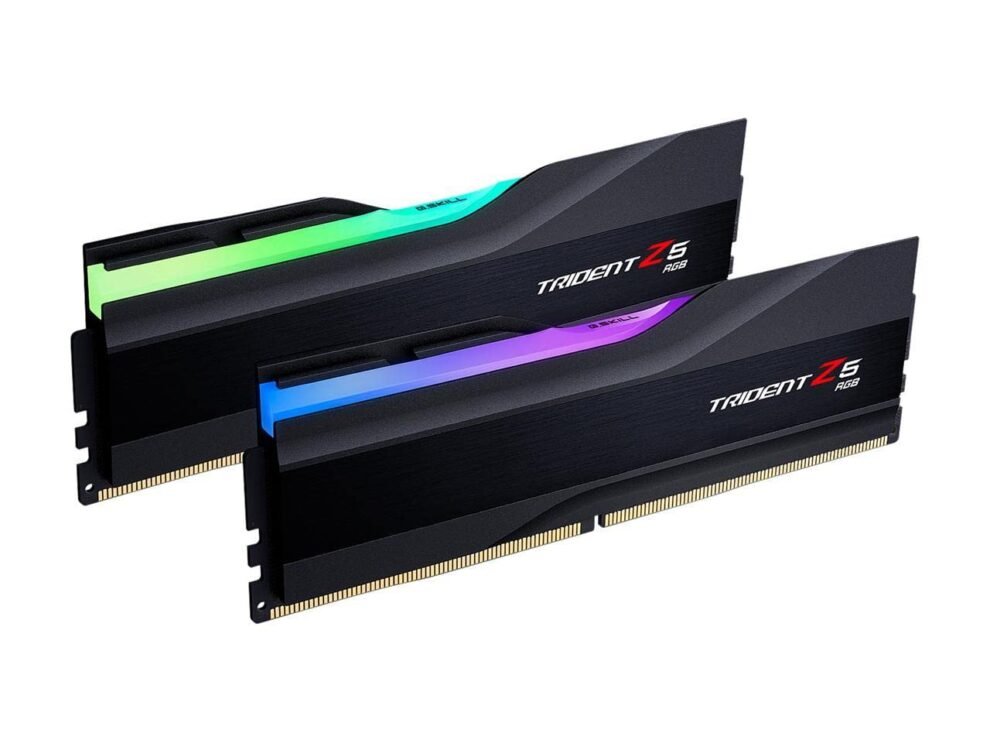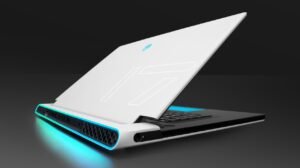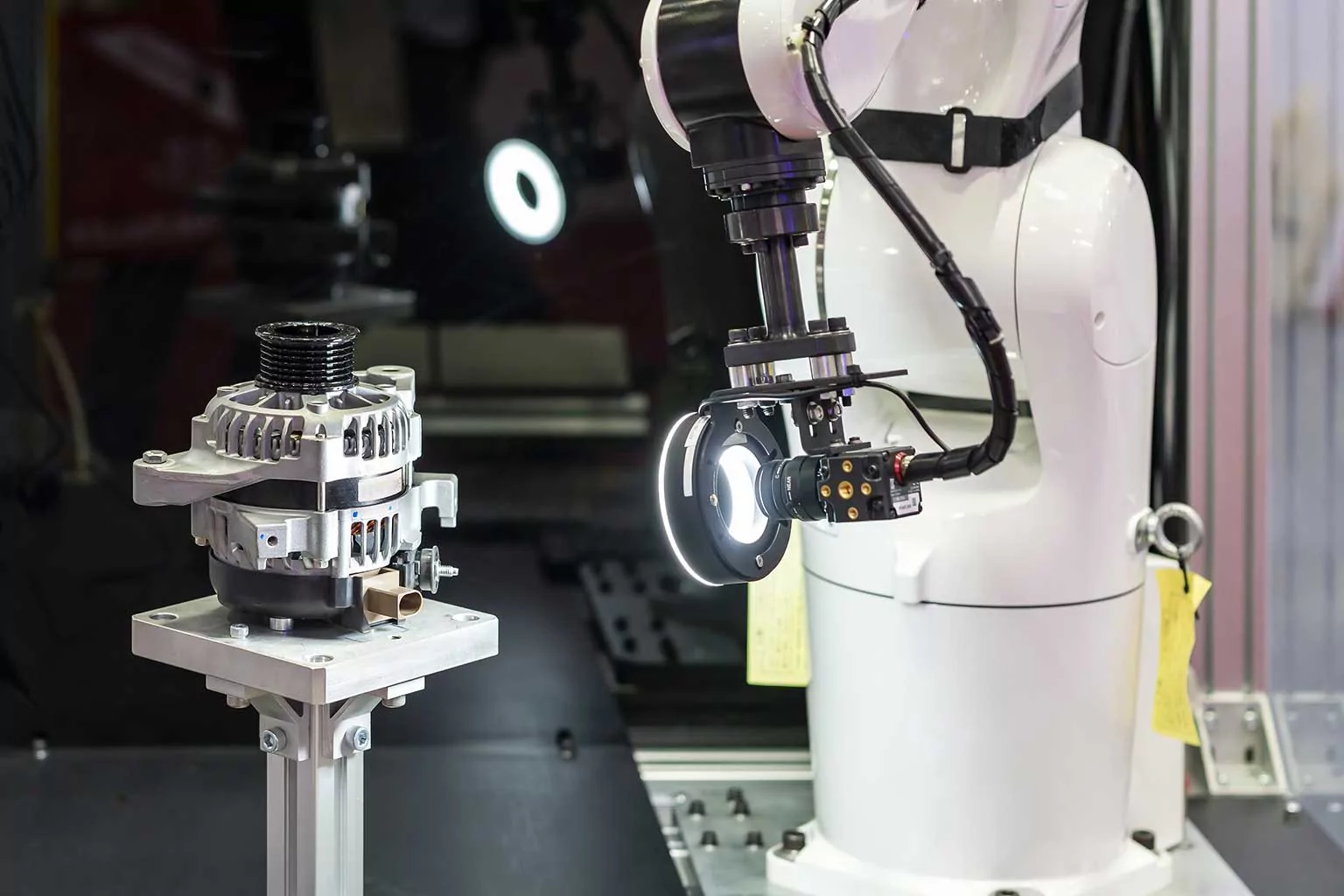G.SKILL, a renowned name in high-performance memory, has finally unveiled its Trident Z5 CK DDR5 CUDIMM memory modules. This marks the company’s entry into the Compute Unified Device Interface (CUDIMM) memory market, promising a significant leap in performance for demanding users. The announcement, which came earlier this month, has sent ripples of excitement through the tech community, with many eager to see how this new technology will impact the future of computing.
What makes Trident Z5 CK DDR5 CUDIMM special?
Unlike traditional registered DIMMs, which are primarily designed for servers, CUDIMMs bridge the gap between server and consumer platforms. They offer the increased speed and capacity of registered DIMMs while maintaining compatibility with desktop systems. The “CK” in Trident Z5 CK stands for “Clock Driver,” a key feature that allows these modules to achieve higher operating speeds than conventional DDR5 modules. This integrated clock driver enhances signal timing and data transfer rates, leading to a significant boost in overall memory performance.
Initial Specs and Availability:
The first Trident Z5 CK DDR5 CUDIMM kit will consist of two 24GB memory sticks, totaling 48GB per kit. Each module is rated at a blazing fast DDR5-8200 with CAS latency timings of CL40-52-52-131 and operates at 1.4V. G.SKILL has also confirmed that 64GB modules with the same specifications will be available, offering even greater capacity for those who need it. While exact pricing and availability haven’t been announced, G.SKILL has indicated that these modules are expected to launch alongside Intel’s Arrow Lake Desktop CPUs on the Z890 platform, which is slated for Q4 2024.
Why is this a big deal?
This release is significant for several reasons. Firstly, it signifies the arrival of CUDIMM technology in the consumer market, potentially opening doors to a new era of memory performance for enthusiasts and professionals alike. Secondly, the Trident Z5 CK DDR5 CUDIMM modules push the boundaries of DDR5 speeds, reaching an impressive 8200 MT/s. This is considerably higher than the speeds currently available with standard DDR5 modules. Finally, the increased capacity offered by these modules, with 48GB and 64GB kits, is a welcome development for users who require large amounts of memory for demanding tasks such as content creation, video editing, and scientific simulations.
Personally, I’m excited about the potential of CUDIMM technology. Having experienced the limitations of standard DDR5 modules in memory-intensive tasks, I’m eager to see how the Trident Z5 CK DDR5 CUDIMM performs in real-world scenarios. The prospect of higher speeds and increased capacity is certainly appealing, and I believe this could be a game-changer for professionals and enthusiasts who demand the best possible performance from their systems. However, it remains to be seen how pricing will affect the adoption of this new technology. If CUDIMM modules are significantly more expensive than traditional DDR5, it may limit their appeal to a niche market.
The release of the Trident Z5 CK DDR5 CUDIMM is a significant step forward in memory technology. It will be interesting to see how this technology evolves and how it is adopted by the market. Will CUDIMM become the new standard for high-performance computing, or will it remain a niche product for enthusiasts? Only time will tell. But one thing is certain: G.SKILL has once again pushed the boundaries of what’s possible, and the future of memory looks very exciting.



















Add Comment